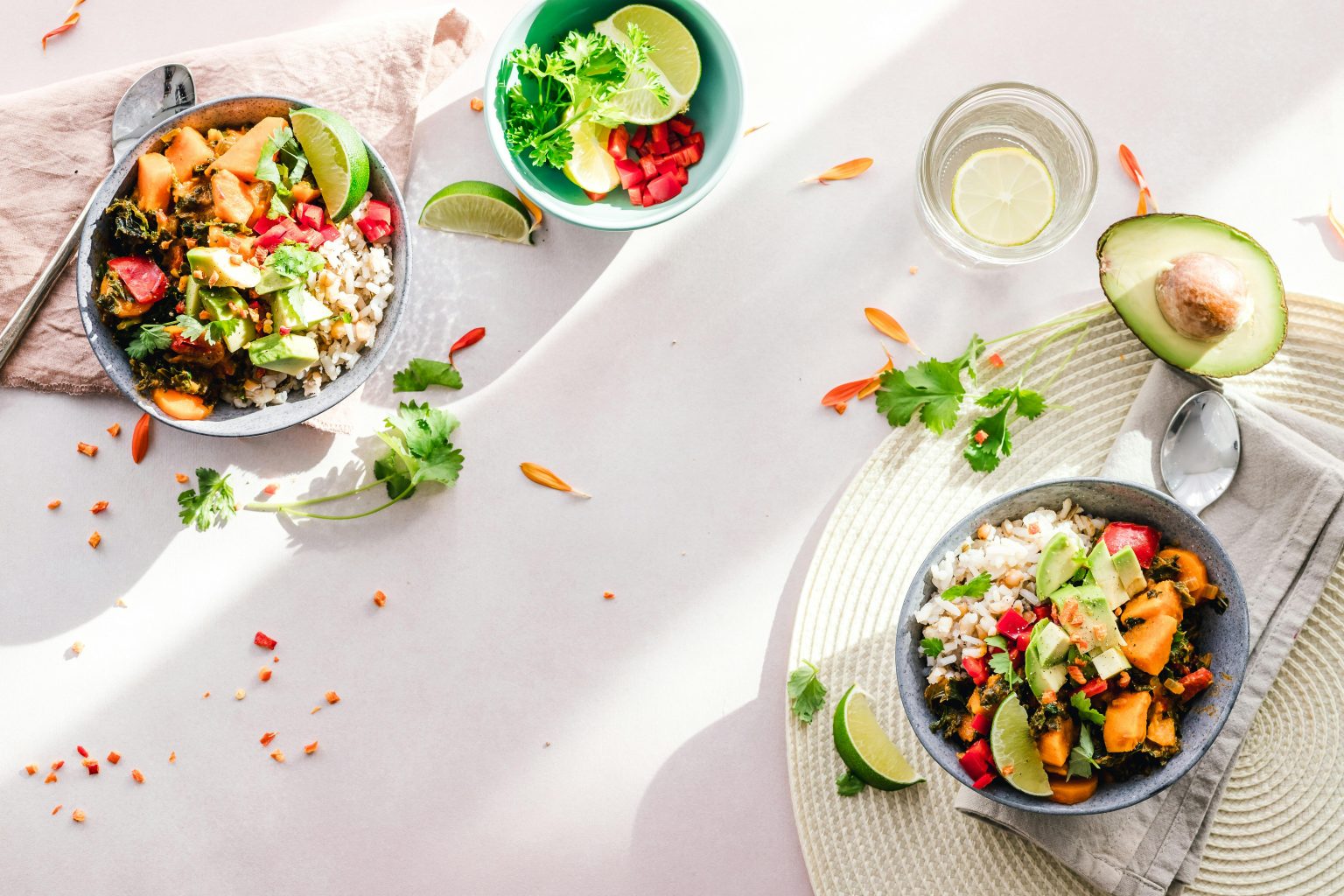It’s easy to enjoy your Colosseum Tour in Rome without thinking about the combatants that used to fight there all those years ago.
The gladiators of ancient Rome have long captured the imagination with their tales of valour and combat within the iconic Colosseum. While much is known about their rigorous training and battles, little attention has been paid to their diet and nutrition, crucial elements that sustained them in the arena. Join us as we uncover the culinary secrets of Rome’s gladiators and explore the food and drink that fuelled their formidable strength and endurance.
1. The Life of a Gladiator: Before delving into their diet, it’s essential to understand the life of a gladiator. Gladiators were typically slaves, prisoners of war, or criminals, who were trained in specialized schools known as Ludi. These schools were run by experienced trainers who taught them the art of combat and prepared them for the spectacle of the arena. Gladiators lived in barracks, where they underwent rigorous training and adhered to a strict regimen to maintain peak physical condition.
2. The Importance of Diet: A gladiator’s diet played a crucial role in their ability to perform in the arena. To excel in combat, they required a diet rich in protein, carbohydrates, and essential nutrients to fuel their muscles and sustain their energy levels during intense battles. While their diet may not have been as extravagant as that of Roman nobility, gladiators were provided with sufficient food and drink to meet their nutritional needs.
3. Protein-rich Fare: Protein was a cornerstone of the gladiator’s diet, essential for building and repairing muscle tissue damaged during training and combat. Gladiators consumed large quantities of meat, particularly beef, pork, and poultry, to ensure they received an adequate intake of protein. They often ate grilled or roasted meats seasoned with herbs and spices for flavour and variety.
4. Carbohydrate Staples: In addition to protein, carbohydrates provided gladiators with the energy they needed to sustain their physical exertion during training and combat. Staple carbohydrate sources included grains such as wheat, barley, and oats, which were consumed in the form of bread, porridge, or gruel. These carbohydrate-rich foods helped replenish glycogen stores in the muscles, allowing gladiators to perform at their peak for extended periods.
5. Nutrient-dense Additions: To ensure they received a diverse array of nutrients, gladiators supplemented their diet with fruits, vegetables, and legumes. These nutrient-dense foods provided essential vitamins, minerals, and antioxidants to support overall health and well-being. Common additions to their diet included figs, dates, olives, beans, lentils, and leafy greens, which were often consumed raw or cooked as part of stews and soups.
6. Hydration and Refreshment: In the scorching heat of the arena, staying hydrated was paramount for gladiators to prevent dehydration and maintain optimal performance. Water was the primary beverage consumed by gladiators, providing essential hydration without added calories or sugar. Additionally, they may have consumed diluted wine or vinegar-based drinks for refreshment and electrolyte replenishment during training and combat.
Conclusion: The diet of Rome’s gladiators was a testament to the importance of nutrition in achieving peak physical performance. By consuming a balanced diet rich in protein, carbohydrates, and essential nutrients, gladiators were able to endure the rigors of training and excel in the arena. While their diet may have been simple compared to the lavish feasts of Roman nobility, it was nonetheless effective in sustaining their strength, stamina, and resilience in the face of adversity.
As we unravel the culinary secrets of Rome’s gladiators, we gain a deeper appreciation for the vital role that food and nutrition played in shaping the course of history within the hallowed walls of the Colosseum.



